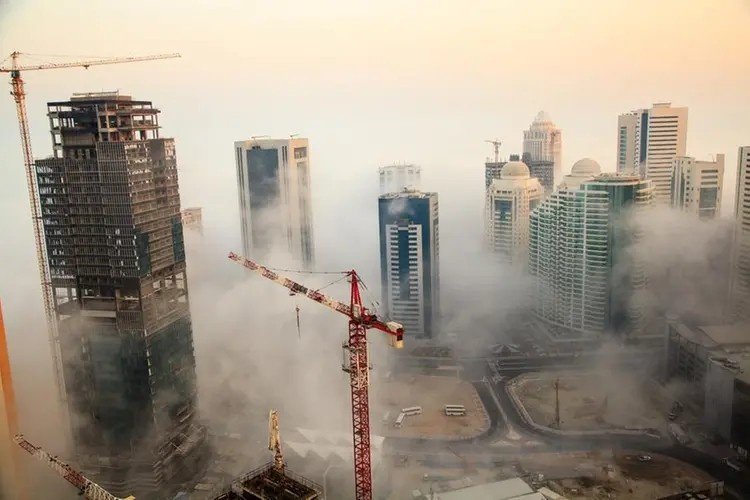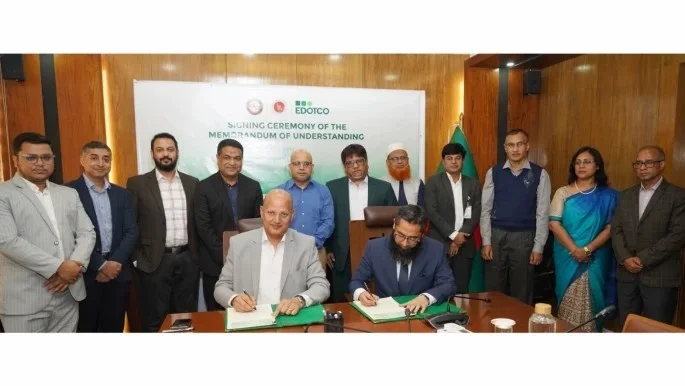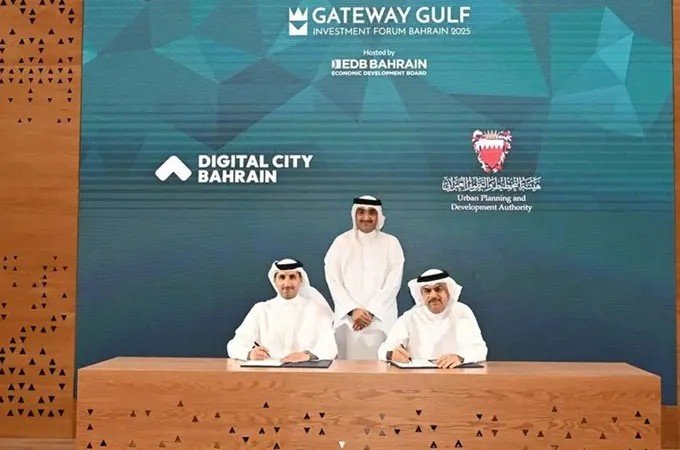UCC Holding, in partnership with Qatar’s Public Works Authority Ashghal, has commenced the printing phase of the 3D Printed Schools Project—marking the world’s largest construction development using 3D printing technology. The project involves building 14 public schools, including two schools constructed via 3D printing, with a total built-up area of 40,000 square meters, which is 40 times larger than any previous 3D-printed structure globally.
The two 3D-printed schools are two-storey buildings on 100×100 meter plots, pioneering future-ready educational infrastructure for Qatar and the wider region. UCC Holding partnered with Denmark-based Cobod, a global leader in 3D construction printing, supplying two custom BODXL printers each the size of a Boeing 737 hangar—the largest in the world.
After months of preparation, including site development, equipment assembly, and over 100 full-scale test prints with a BOD2 printer, the printing operations have officially begun. A specialized 3D construction team comprising architects, civil engineers, material scientists, and printer technicians completed intensive training with Cobod engineers, covering printer operation, sequencing, structural layering, and quality control.
This initiative elevates Qatar’s local capacity for cutting-edge construction technology, establishing the country as a regional innovation hub. Compared to traditional methods, 3D printing reduces raw material waste, minimizes concrete usage and carbon emissions, lowers transport and supply chain risks, and accelerates project timelines. Nighttime printing mitigates temperature effects, dust, and noise.
Architecturally, the schools draw inspiration from Qatar’s desert dunes, featuring curved, flowing walls enabled by 3D printing’s geometric freedom—designs difficult or costly to achieve with conventional construction. The schools are scheduled for completion by the end of 2025, reinforcing Qatar’s global leadership in sustainable development and next-generation infrastructure.















